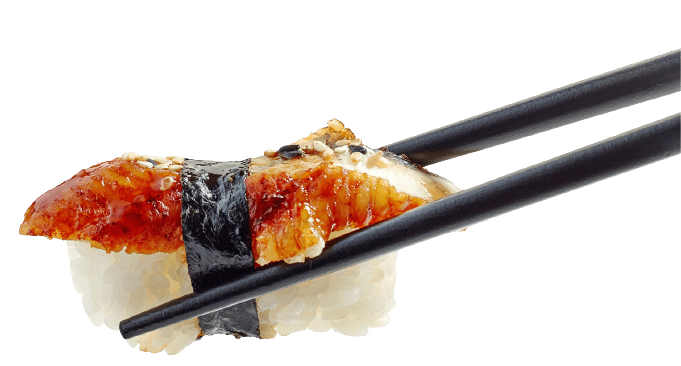An Israeli startup wants to use cultured eel meat to “nourish the world […] while preserving the ocean’s health and wealth”.

Most people will agree that meat is quite delicious. The unique combination of flavor, texture, smell, and juiciness just makes for a very pleasant experience. Despite this, we are learning more and more about the strain that meat production places on the environment. At the same time, many people across the world still lack basic access to meat, and many more lack reliable access to meat.
Many of the issues related to the production and consumption of meat could be solved if we just found a different way to grow the meat on our plates. And Ashdod-based Forsea Foods Ltd. is working on just one such way. The company has announced that it is aiming to cover supply gaps in the eel meat market using lab-grown eel meat.
High-tech meat
The meat will be cultured using a technology that has already been validated in fields including developmental biology and medicine. It involves the creation of certain tissues from stem cells, an approach that has been used in the past to create so-called ‘organoids’.
This process, developed by Iftach Nachman, co-founder of Forsea, produces tissues that are identical to native eel fat and muscle. These are grown from stem-cell-derived substrates in a specialized environment and require only a minimal amount of growth factors to start.
“While cell cultivation largely focuses on a system of directed differentiation, where cells are signaled to differentiate into a specific cell type and are then combined on a scaffold, our system grows the aggregate of the various cells already at the initial stage of the process,” Nachman said. “The cells organize themselves autonomously into their innate, purposed structure, just as in nature.”
The end product has the same texture, taste, and nutritional content as wild-caught eel meat, but is much more sustainable. Cultured meat is also guaranteed to be free from potential pollutants that can contaminate its wild-caught or aquaculture counterparts such as mercury, microplastics, or industrial chemicals.
“There are multiple benefits to the organoid method of cell cultivating fish,” said Roee Nir, a biotechnologist, CEO and co-founder of Forsea. “First, it is a highly scalable platform that bypasses the scaffolding stage and requires fewer bioreactors. This makes the process much simpler and more cost-effective. Additionally, it dramatically reduces the amount of costly growth factors needed.”
Forsea Foods is a startup that was formed last October, with financial support from the Israeli Innovation Authority (IIA) and a handful of other investors. Yaniv Elkouby, a senior researcher at the Hebrew University of Jerusalem and expert in cell developmental biology is the third co-founder alongside Nir and Nachman.
As demand for seafood is growing — and projected to steadily increase in the future — there is a very real possibility that traditional approaches will not be able to yield enough seafood to cover demand. Forsea plans to perfect its techniques and processes so that it can provide a sustainable and commercially-viable alternative to wild-caught seafood. Such an option would help cover ever-growing global demand while giving marine ecosystems some respite from human exploitation, allowing them to recover and aiding in conservation efforts.
Eels were of particular interest to Forsea as they cannot be bred in captivity — which makes efforts to raise them for food particularly challenging. In the wild, eels live their lives in sweet water but will swim out into the ocean to one of two specific points (the Sargasso Sea, near the Bermuda Triangle, or off Guam) to reproduce. After this, they die, and ocean currents bring their offspring back to their original habitats.
Eel farming efforts today gather these baby eels and raise them in controlled pools, growing them from their initial 2 grams into 250-gram adults. Commercial interests, however, have harmed the species, leading to a reduction in their numbers in the wild.
“The market demand for eels is enormous,” adds Nir. “In 2000, the Japanese consumed 160,000 metric tons. But due to overfishing and rising prices, consumption has dwindled to just 30,000 metric tons. There is a huge gap between the supply and the demand for eels which traditional aquafarming cannot accommodate.”
“Compounding this problem, Europe has barred the export of any type of eel product. The market opportunity for cell-cultured eels is tremendous.”
Out of the four main commercial eel species today, one (the short-finned eel) is listed as near threatened on the IUCN Red List, two (Japanese eel and American eel) are listed as threatened, with the last (European eel) being listed as critically endangered.


